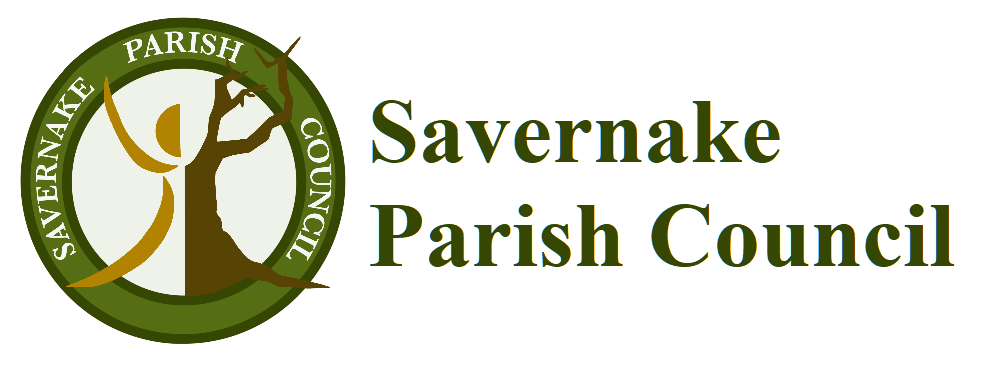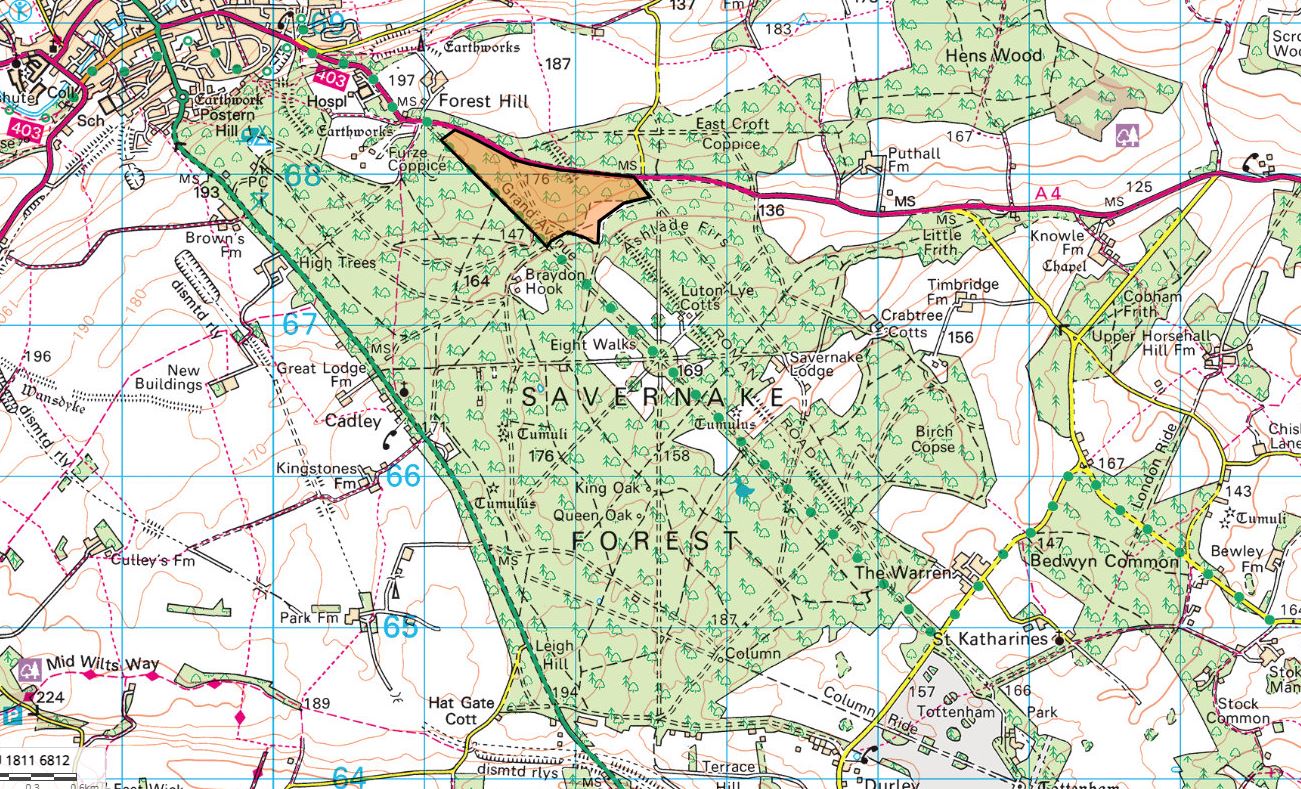Forestry England update - April 2024
27/03/2024
Wood pasture restoration at Savernake Forest
One of our long-term priorities is to restore Savernake Forest’s characteristic wood pasture. This is one of the Forest’s many valuable habitats that has been shaped by centuries of human management. Historically, wood pasture would contain a blend of trees, vegetation, and open space, and would support a diverse range of wildlife.
In the Red Vein Bottom enclosure (see map), some of the oak trees were starting to be swamped by regenerating birch trees. The density of birch was also preventing the grazing cows from getting further into the enclosure, which is critical to the restoration.
To address this, we have worked in partnership with Willis Brothers, specialists in building jumps and fences for equestrian sport, including events such as Badminton Horse Trials and the Olympics. Willis Brothers have cut the birch and will use the tops to create hurdles for racing, while the larger stems stay in the forest.
The benefits for the Red Vein enclosure include an increased amount of dead wood, which is an essential part of the forest ecosystem, and new habitat piles of birch material that will attract invertebrates, small mammals, and reptiles. The herd of Herefords will be able to move about the enclosure more freely, trampling bracken and helping to restore the wood pasture. And last but not least, removing the birch has halo-ed some future veteran trees. Haloing means removing competing trees and vegetation, and can be done around the tree trunk, or crown, or both. With the birch removed, these oak trees have more light and space, and less competition. Although these particular trees are not yet old, they have characteristics that could make them valuable veterans of the future.
Nikki Morgans – area forester, Forestry England

